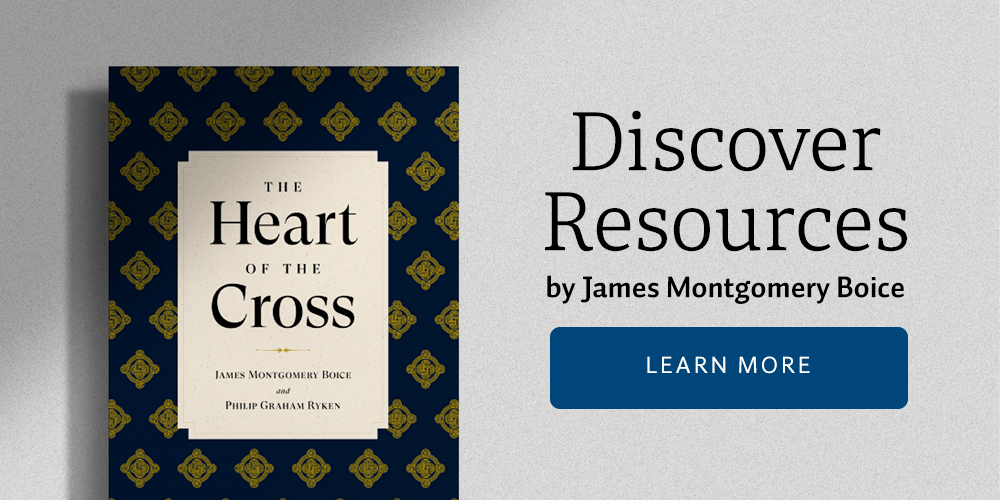And Jesus cried out again with a loud voice and yielded up his spirit.And behold, the curtain of the temple was torn in two, from top to bottom. And the earth shook, and the rocks were split.
We need to be specific about what the rending of the veil teaches.
1. The old system of offering sacrifices year by year was over. The priests probably sewed the veil back together and went on with their traditional religious practices. But in the sight of God the old age had ended and a new age had begun. This new age embraces both Jew and Gentile within Christ’s church, which is why Paul was able to write to the Ephesians as he did. “For he himself [Jesus] is our peace, who had made the two one and has destroyed the barrier, the dividing wall of hostility, by abolishing in his flesh the law with its commandments and regulations. His purpose was to create in himself one new man out of the two, thus making peace, and in this one body to reconcile both of them to God through the cross, by which he put to death their hostility” (Ephesians 2:14-16).
2. Jesus’ offering of himself was the perfect and final sacrifice; so nothing more needs to be done or can be done to reconcile sinful men and women to God. Jesus’ sacrifice of himself was a real sacrifice for sin, not a symbol that pointed forward to something else, as the Old Testament system did. They pointed forward to the atonement he would make, but they were not themselves that atonement. Jesus put away our real sin by his real death. Therefore to suggest that anything more is necessary for salvation is to deny the doctrine known as solus Christus (Christ alone), the slogan by which the Reformers expressed the completeness and total sufficiency of Christ’s work. To add anything to Christ’s work is to preach “another gospel,” which the Bible condemns (Galatians 1:6-9).
The author of the book of Hebrews is particularly concerned with this theme, because he develops it in many ways throughout the book. In one place he says very clearly, “[Christ did not] enter heaven to offer himself again and again, the way the high priest enters the Most Holy Place every year with blood that is not his own. Then Christ would have had to suffer many times since the creation of the world. But now he has appeared once for all at the end of the ages to do away with sin by the sacrifice of himself. Just as man is destined to die once, and after that to face judgment, so Christ was sacrificed once to take away the sins of many people, and he will appear a second time, not to bear sin, but to bring salvation to those who are waiting for him” (Hebrews 9:25-28). Likewise, Paul insists that “there is one God and one mediator between God and man, the man Christ Jesus, who gave himself as a ransom for all men—the testimony given at its proper time” (1 Timothy 2:5-6). This is why today we insist that there is no Savior but Jesus and that you must believe in him and commit yourself to him if you are to be saved.
3. Because of Christ’s work it is now possible for those who believe in him to approach God directly. The people of God could not do this before Christ’s death. They needed to approach God indirectly, asking a priest to intercede for them. But now the way is open for everybody. The author of Hebrews wrote on this point, “Therefore, brothers, since we have confidence to enter the Most Holy Place by the blood of Jesus, by a new and living way opened for us through the curtain, that is, his body, and since we have a great priest over the house of God, let us draw near to God in full assurance of faith…. Let us hold unswervingly to the hope we profess, for he who promised is faithful. And let us consider how we may spur one another on toward love and good deeds” (Hebrews 10:19-24).






